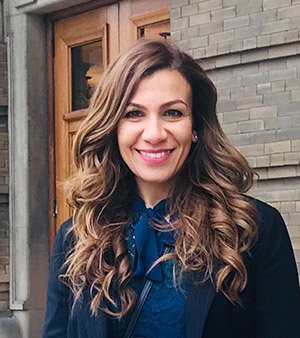Seminar Series: Noha Gomaa, BDS, MSC, PHD
Putting The Mouth Back Into The Body: Towards an Oral Health-Inclusive Agenda for Public Health Research and Policy
Noha Gomaa, BDS, MSc, PhD
Assistant Professor
Associate Director for Dentistry Research
Schulich School of Medicine & Dentistry
Western University
Abstract:
Despite significant advances in clinical dentistry, many underserved populations continue to suffer from chronic oral conditions and lack access to the dental care that they need. In this presentation, I will discuss why oral health needs to be a priority on the public health research and policy agendas. First, I will present the state of oral health and oral health inequality in Canada and globally. I will then highlight our work on the common social, psychosocial and biological pathways that link chronic oral diseases with other major health conditions along the life-course. Finally, I will present some of our recent findings and prospective work on policy interventions that aim to alleviate oral diseases and oral health inequality.
Short Biography:









